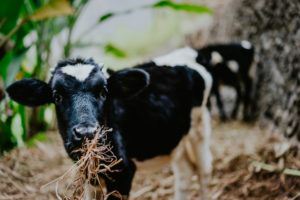Dairy goat producers weather COVID-19 storm
It is no secret that dairy cow markets have been impacted by COVID-19. The situation also has negatively affected the dairy goat world, but in a different way. While the pandemic may not have caused an immediate disruption for dairy goat producers like it did for dairy farmers, it will have serious long-term negative effects as the economy continues to suffer.
Most dairy goat farms use a different approach to marketing milk with processors compared to dairy farms, which has been working in their favor. Goat milk also has a longer storage life than cow’s milk in the form of frozen curd.
Goat dairy farms lock their milk prices in at the beginning of the year for 12 months at a time, with varying rates depending on the season. There are set prices for winter, spring, summer and autumn months. Dairy goats tend to dry up and lower production in winter — hence a higher price rate during those months and a lower rate for early summer months, when goats have higher milk production.
Wisconsin goat milk prices for 2020 sit around $35 per cwt, give or take $5 based on the season. Premiums and bonuses are also preset amounts for the year.
